This was going on before it was made publicly legal in TX, now it is rampant, many western states I've lived in there are folks flying and gunning their own lands or those of folks they get cash for. Typically this is like many things, rich folks with money to burn who can afford to pay that without thinking twice.
In relation to the original thread it always interests me what the states goals are for working on feral hogs. Do they want...
1) Hunting and trapping of hogs for public recreation
or
2) Eradication of feral hogs wherever possible
***
The answer generally correlates to who they hire and how they go about it. In this state we always shared information with anyone calling about hunting as to what public land areas had feral hogs. This was done through information sharing among public land agencies and our agency (WS).
Many eradication efforts can fall short due to funding, they can fall short due to land access and politics (ie. a block of landowners who won't allow feral hog removal, which serves as refugia).
Ultimately, in this day and age nobody wants to have their statistics outed for having a bad cost/benefit ratio, however things beyond anyones control do happen, just like anything we do in this private industry, there are factors on a landscape scale when talking large invasives like feral hogs that will hinder or stop your take very quickly.
I personally have witnessed in OR, TX and NM on operations how you can have every hog in the area coming to your pre-baited corral traps and just when you are ready to hit the switch and remove entire sounders, you end up with 1 or 2 hogs because a truckload of folks just came through and shot up the place (and typically removed 1-2 hogs out of 30-40 you had coming).
This isn't just an idea, this happens all the time. We always had trail cams helping monitor traps and they always were setup to catch passing vehicles as well as the hogs on camera.
Ultimately this leads to discussions with landowners to allow them to allow hunters whenever they'd like, but to not waste money and time by having traps set by agency staff and fouling it by overlapping with random hunting.
***
There are outfits who do feral hog trapping obviously and the number should be growing just based on the growth of feral hog numbers and the folks willing to pay to get rid of them.
Just thought it was worth stating that if the state agency hiring wants eradication, that takes a different amount of work than if they just want to remove X amount of hogs each year.
If you want to see a well coordinated outfit that is a private outfit that does major contracts around the world, check these folks out. They have the only proven 100% eradication of feral hogs documented thus far.... Here is the pub. The cost was extremely high, fences were built ahead of time to split the island that wasn't part of the cost they charged but paid for by TNC and they used all tactics and coordination they can among their people from flying to dogs and telemetry. They are the gold standard, but most states can't afford to hire them.
http://nativerange.com/(formerly "pro hunt")
http://www.sciencedirect.com/science/article/pii/S0006320709004935As a govt. employee I always used these folks and what they did as an educational tool to explain how you utilize all methods available and coordinate them to remove hogs as efficiently and as quickly as possible.
***
A side note, these folks bid the contract ahead of time, so the amount they bid was the amount they received whether it took 5 years or whether it took 3, if they finished in 3 obviously they made more money and if it took 5 not so much.....
***
There will be plenty of opportunity for folks to go after feral hogs in the private industry, my only suggestion is that those who are going to attempt large landscape scale reduction realize that politics and landownership is usually 75% of the nightmare, the hogs themselves which can be plenty tricky and of course reproduce like mice are only about 25% of the actual problem.
There are some great papers published from eradications that have been attempted and the one I linked is just one of them, worth looking at all the massive amounts of literature especially what is published out of Australia and New Zealand, they've had feral hogs longer than we have and are an authority on much of the technique used to remove them.
We may be continents away from them geographically, but Sus scrofa is still the feral hog or feral pig underneath it all and the problems are the same in all places.
Folks keep moving hogs because they like to hunt them, widespread eradication takes massive effort and funding and coordination and the hogs keep reproducing while we all argue about who is better at getting it done...
Good luck!

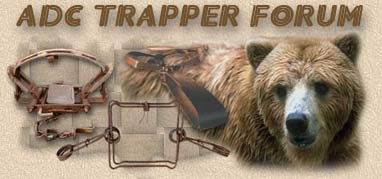


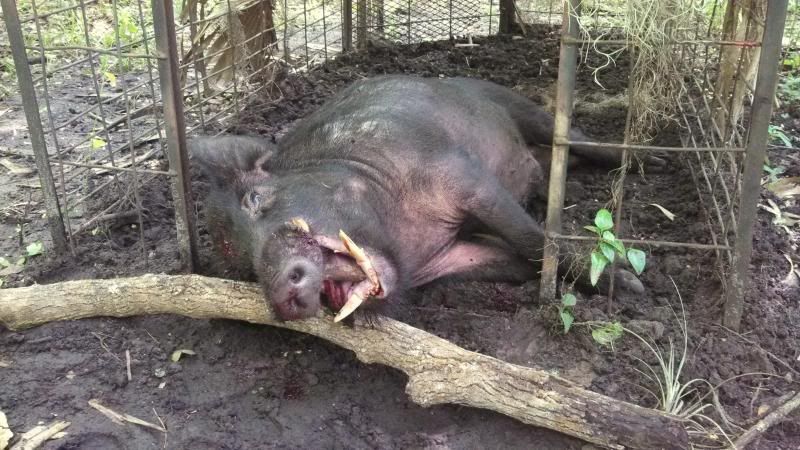
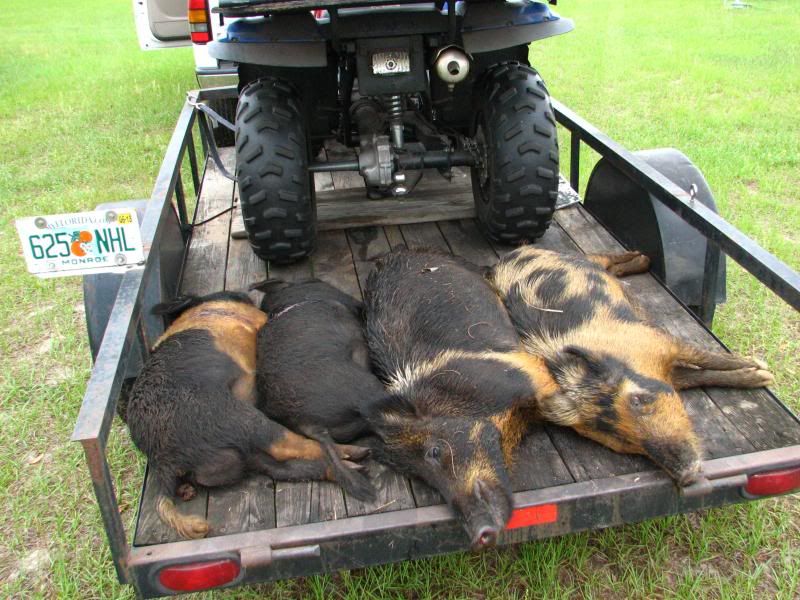
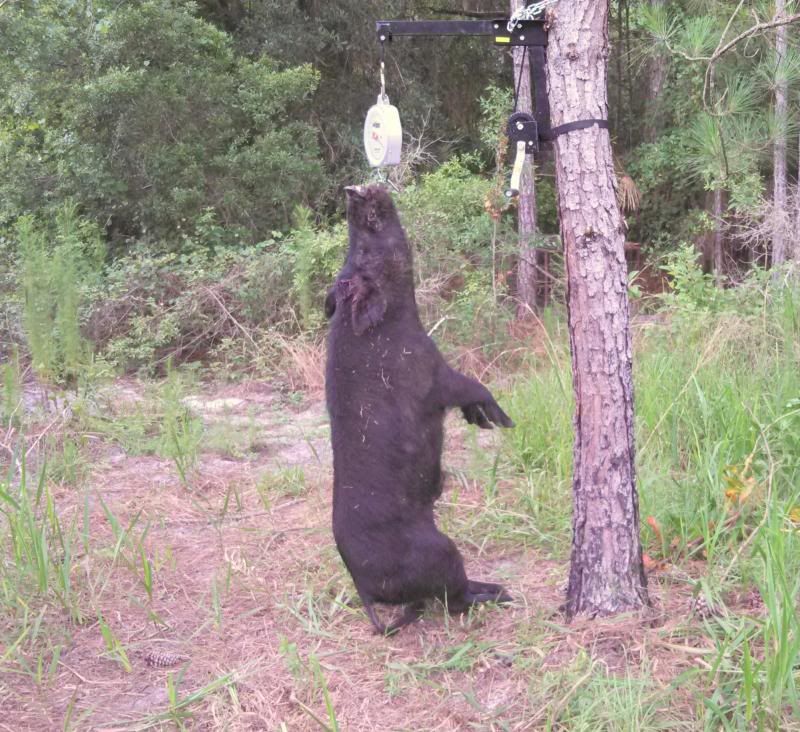
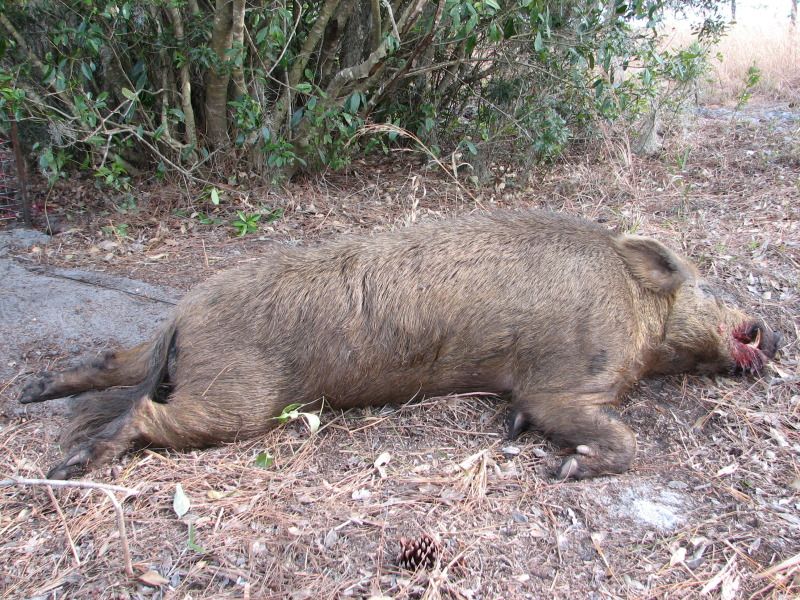
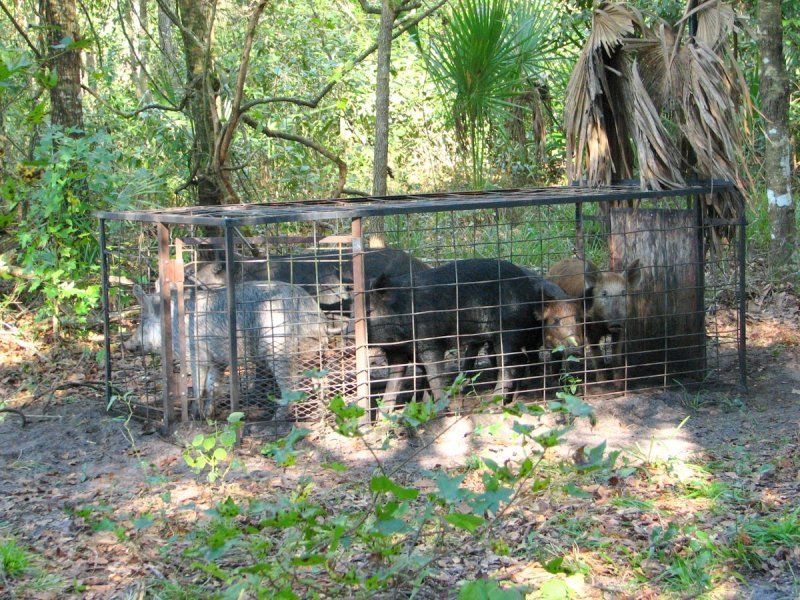
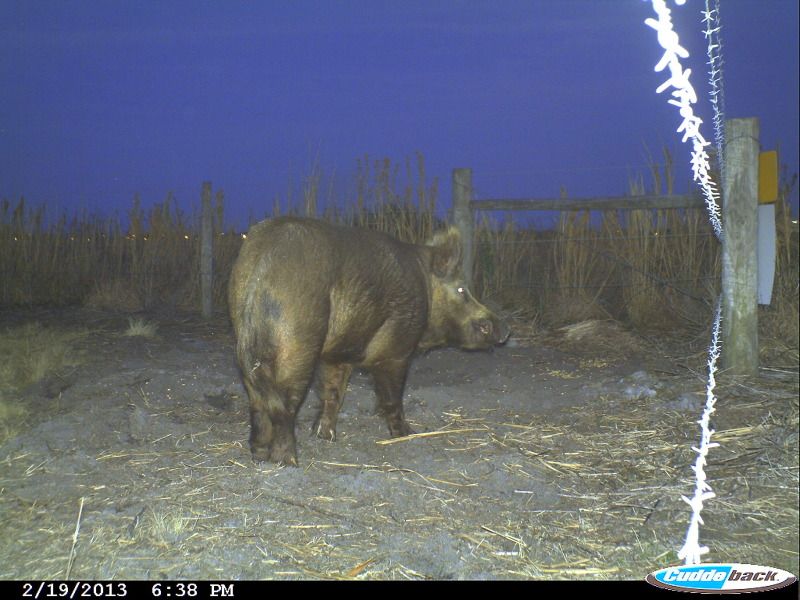
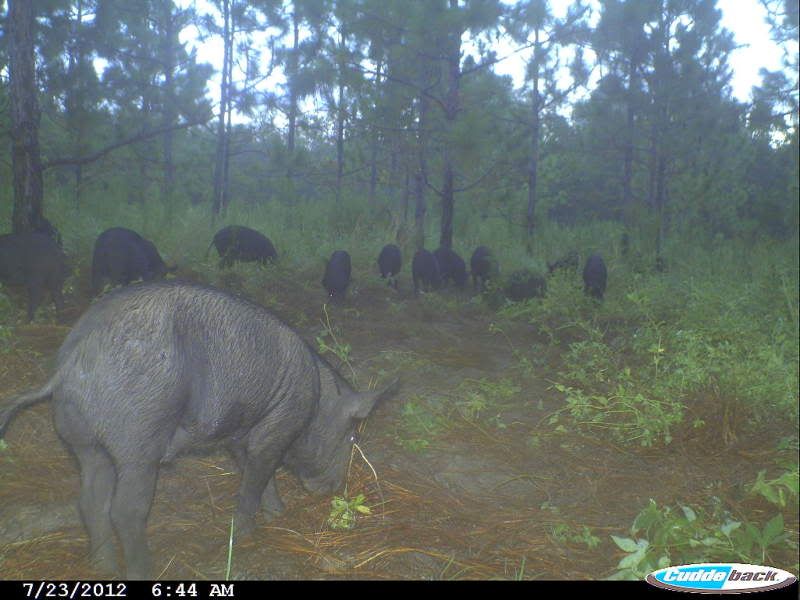
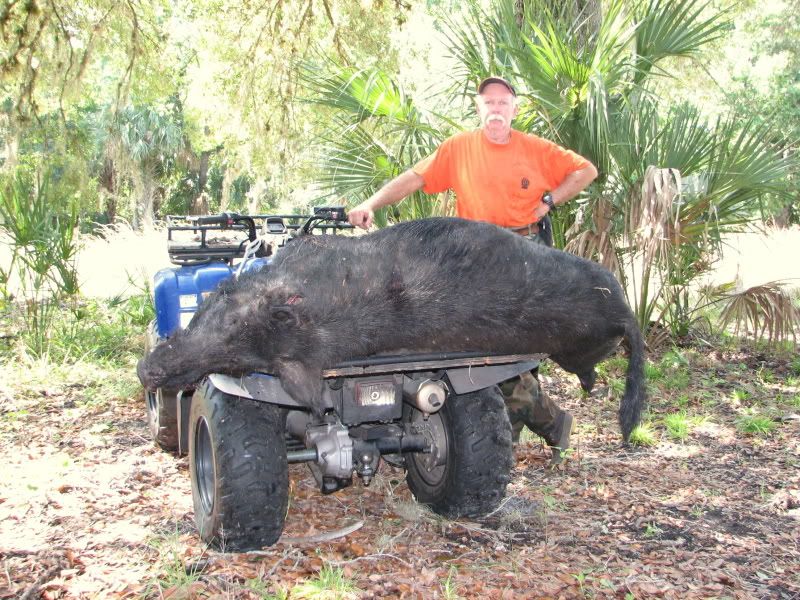
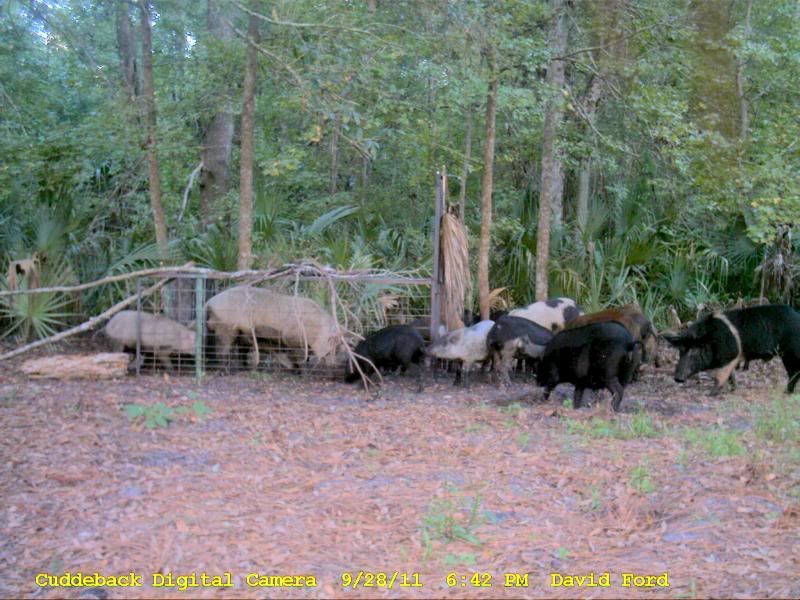
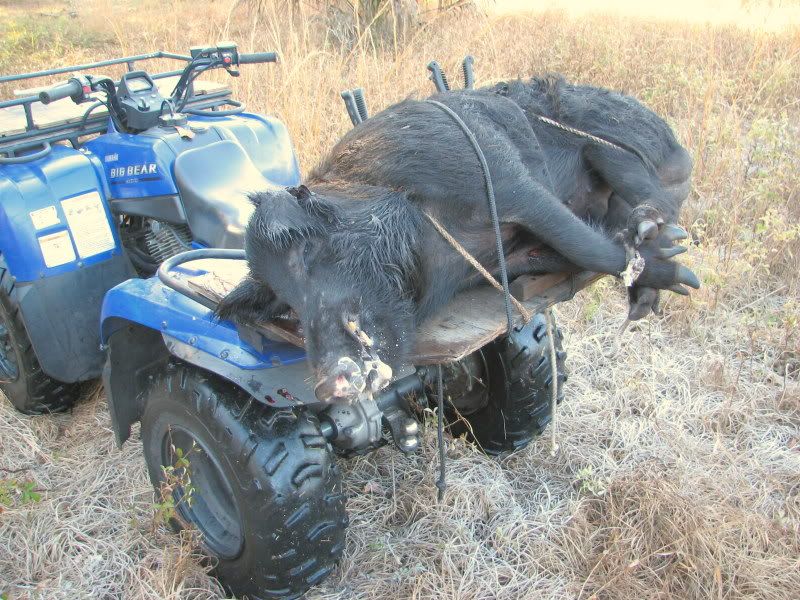
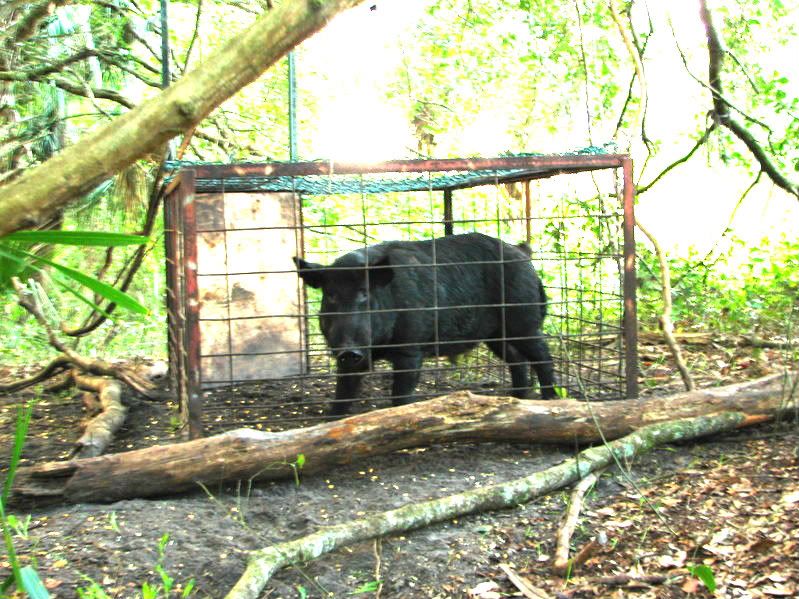
![[Linked Image]](8a3gq5-1.jpg)
